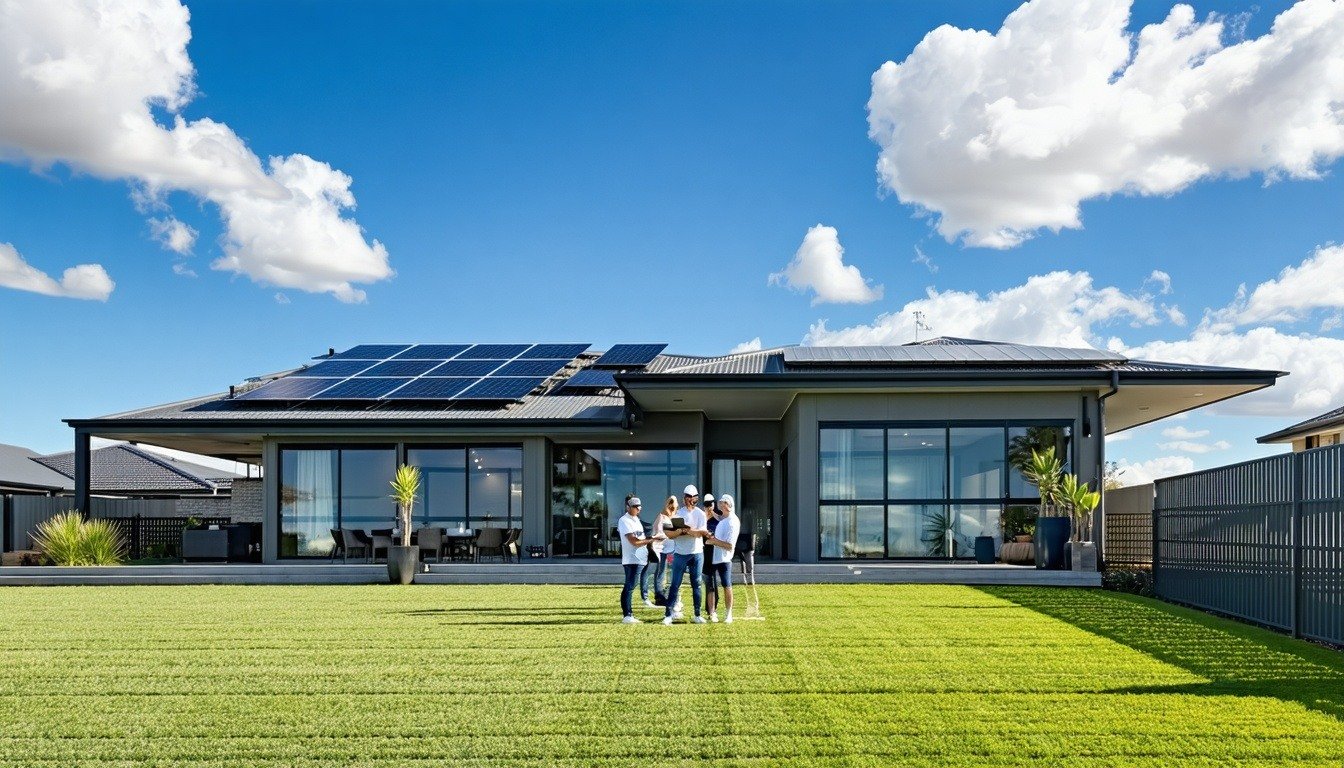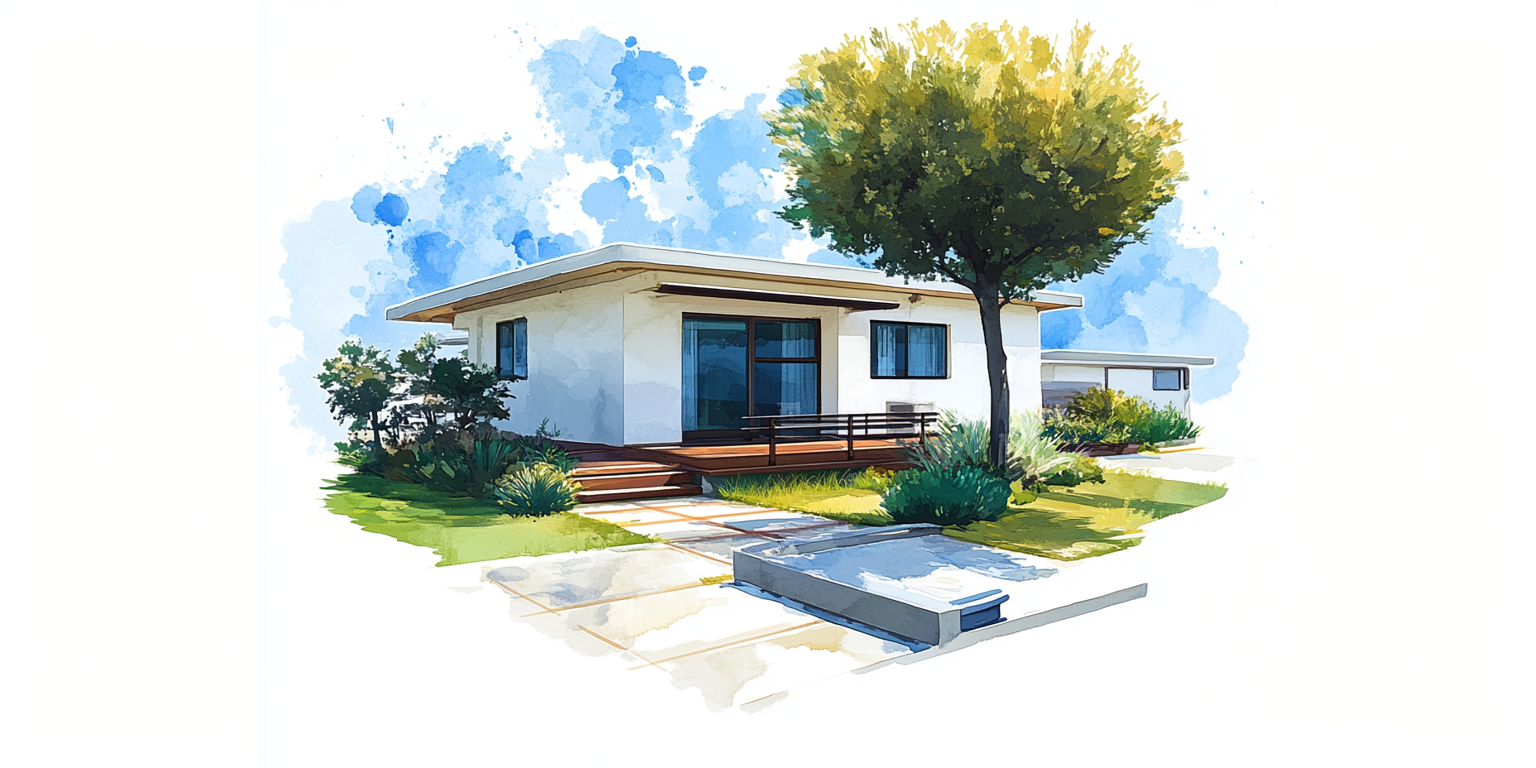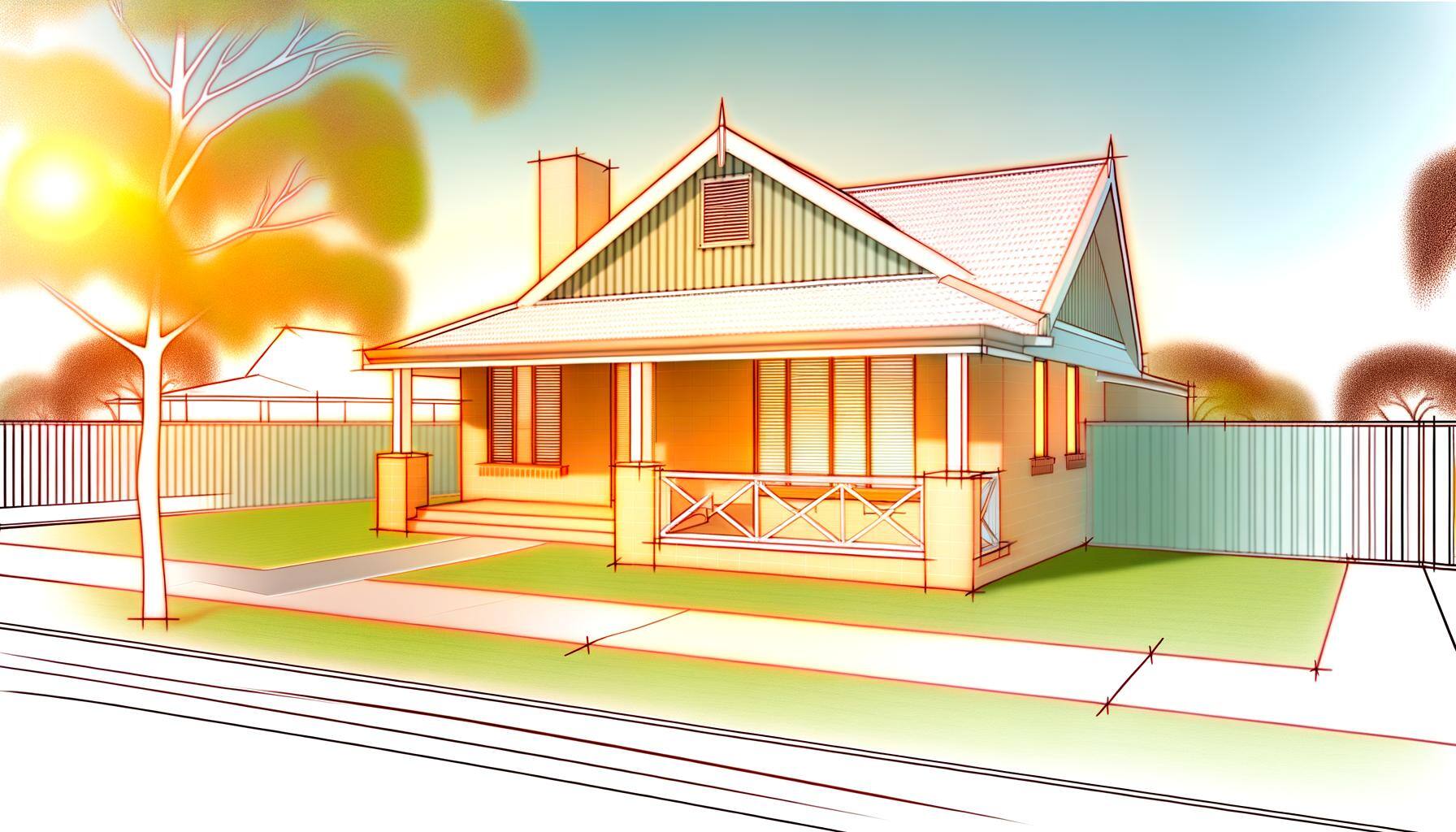Discover how NatHERS for Existing Homes is revolutionising energy efficiency in Australia's older houses.
2 min read
Introducing NatHERS For Existing Homes: Enhancing Energy Performance In Australia's Older Housing Stock
By Jamie Bonnefin on Jul 1, 2025 12:30:53 PM
Topics: NatHERS NatHERS Existing Homes
2 min read
Energy Efficient Homes: The NatHERS Existing Home Trial Explained
By Jamie Bonnefin on Jul 1, 2025 12:30:48 PM
Unlock the secrets to an energy-efficient home with the NatHERS Existing Home Trial, set to revolutionise how Australians rate and improve their properties.
Topics: NatHERS NatHERS Existing Homes
2 min read
What You Need To Know About NatHERS For Existing Homes
By Jamie Bonnefin on Jul 1, 2025 12:30:37 PM
Get ready for mid-2025 when NatHERS will expand to include existing homes, offering homeowners a clear path to energy efficiency and cost savings.
Topics: NatHERS NatHERS Existing Homes
2 min read
Step-by-Step Guide To NatHERS Assessments For Existing Homes
By Jamie Bonnefin on Jul 1, 2025 12:30:34 PM
From mid-2025, the Nationwide House Energy Rating Scheme (NatHERS) will extend its energy performance assessments to existing homes, offering valuable insights into energy efficiency for homeowners and renters.
Topics: NatHERS NatHERS Existing Homes
2 min read
Understanding NatHERS Star Ratings For Existing Homes
By Jamie Bonnefin on Jul 1, 2025 12:30:25 PM
Discover how the upcoming expansion of NatHERS star ratings to existing homes can help you save on energy bills, improve comfort, and support Australia's net zero targets.
Topics: NatHERS NatHERS Existing Homes
3 min read
Announcing our Participation in the NatHERS for Existing Homes Trial
By Jamie Bonnefin on Mar 11, 2025 2:27:26 PM
FOR IMMEDIATE RELEASE
Topics: ESD NatHERS Energy Efficiency Energy Assessment 7 Star Homes Announcement
15 min read
Beginners Guide to Thermal Performance Assessments
By Jamie Bonnefin on Oct 31, 2024 2:41:51 PM
This article is a beginners guide to Thermal Performance Assessments. So if you need to know "What is Thermal Performance?" specifically the thermal performance of buildings, than you've come to the right place. Lets begin
Topics: NatHERS Thermal Comfort Thermal Performance
16 min read
7 Star Homes, the Future of Design is Efficient!
By Jamie Bonnefin on Oct 23, 2024 3:34:43 PM
So what sets a 7 star home apart in the world of energy efficient living?
Topics: NatHERS Energy Efficiency Energy Assessment 7 Star Homes Benefits of 7 Star Homes
3 min read
Introducing: NatHERS for Existing Homes
By Jamie Bonnefin on Aug 20, 2024 4:31:01 PM
NatHERS (Nationwide House Energy Rating Scheme) is now seeking consultation to include energy performance ratings for existing homes ahead of the launch in mid-2025. The recent updates to NatHERS will be leveraged to measure the home’s energy performance, providing ratings based on the home’s design, materials, constructions, fixed appliances, on-site energy generation and storage.
Topics: ESD NatHERS Star Rating Sustainability Energy Residential news
5 min read
The Thermal Balance Challenge - How Efficient is Your Design?
By Jamie Bonnefin on Jan 31, 2023 3:29:47 PM













